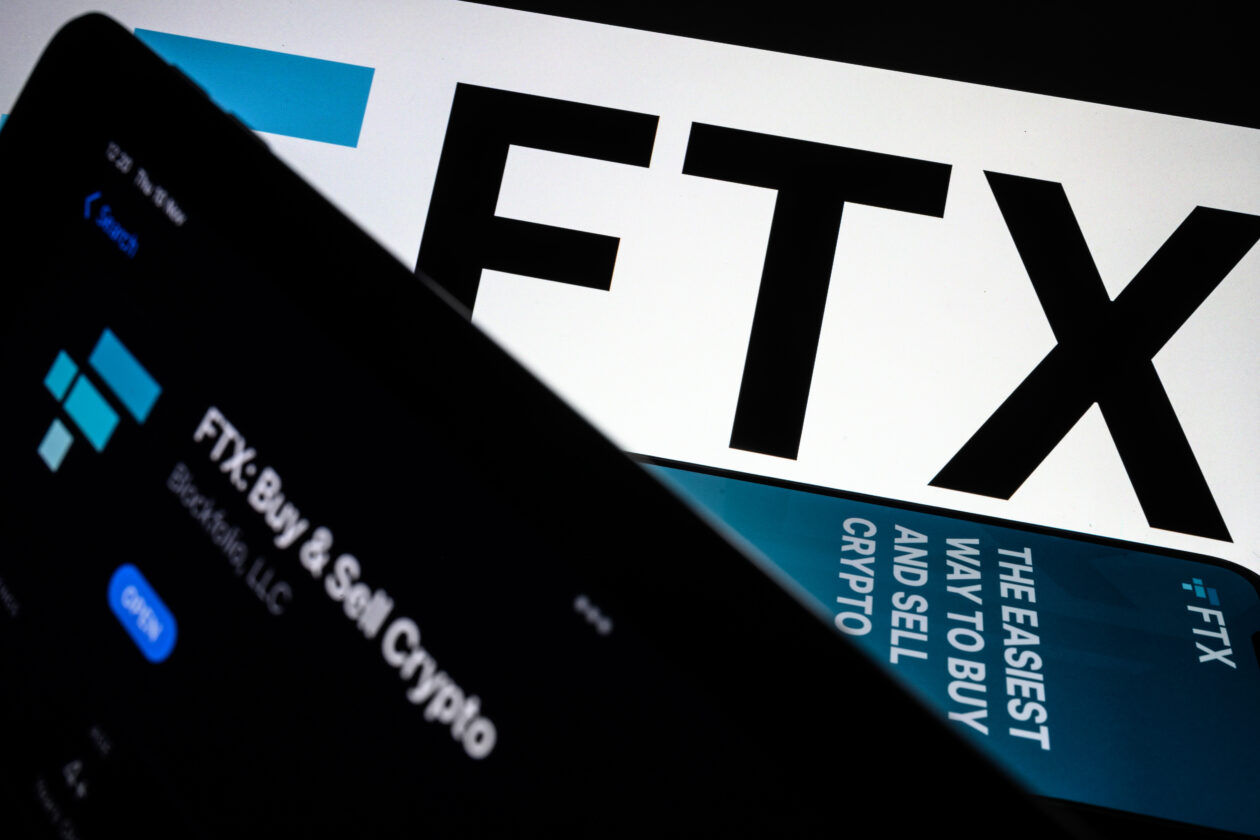When FTX fell apart last year, the repercussions were devastating. The contagion not only caused crypto assets to tumble and damaged the portfolios of professional traders, but it also eliminated a prominent investment pool for blockchain startups. Countless individual investors witnessed their life savings evaporate, and I sympathize with all the victims.
While acknowledging past mistakes and repercussions, there is a silver lining that cannot be ignored. Although unpopular in some quarters, the news of a potential FTX relaunch under a new name has sparked a wave of optimism in the crypto community, and with good reason. A relaunch could bring about a range of positive outcomes for the industry, investors and customers alike.
Relaunching FTX has its merits
One of the most significant advantages of a successful FTX relaunch would be the potential to attract more investors back into the crypto space. Should the exchange re-emerge with a new management team and a realized commitment to rectify past issues, it may garner renewed interest from the wider investing community. And the positive effects would compound. Increased investor participation would infuse the exchange with additional funds, which could then be used to repay users who have experienced losses in the past, again instilling trust in centralized crypto exchanges.
While the crypto community is rightly skeptical of the motives behind launching FTX 2.0, there is precedent showing that it is in fact possible to make creditors whole through restructuring. The Bitfinex incident is a great example. In 2016, crypto exchange Bitfinex was hacked, and 120,000 Bitcoins were subsequently stolen. In response to the hack, Bitfinex released the “recovery rights tokens” (RRT), designed to serve as an IOU to affected customers. These tokens promised a share of future profits to compensate for the losses. Within a year, all the tokens were redeemed and customers were repaid.
True, Bitfinex’s troubles stemmed from external parties, not internal criminal activity as was the case with FTX. On that point, another popular comparison for the FTX scandal is Bernie Madoff’s record-breaking fraud. But the comparison to Madoff is weak because Madoff ran a simple Ponzi scheme, whereas FTX did have a viable business model, despite the additional criminal activities running alongside. Thus, despite the differences in the origin of their downfall, Bitfinex sets a precedent for a large-scale crypto comeback despite a major dent in credibility and trust. A similar comeback on FTX’s part could compensate affected users with its potential future profit, for instance, offering them a stake in the exchange’s success and a path to recouping their funds over time.
That being said, revitalizing the tarnished name of FTX requires careful recalibration of governance and internal structures. The exchange must undergo strategic and tangible changes to set itself apart from the now-infamous name of Sam Bankman-Fried, who is in jail. For instance, the new management team could voluntarily provide evidence to the prosecution to maximize their distance from the former management. Furthermore, FTX 2.0 may also consider setting up a compensation fund, with profits from new business to top it up, providing restitution to customers in case of unforeseen issues or losses.
In order to prevent illegal activities, the new FTX must implement stricter compliance measures and enhance its efforts to improve transparency, including clear guidelines for the separation of powers between the board of directors, executive management and operational teams. This would rectify the mistakes made possible by the inexperienced original team behind FTX and the illegal transfer of funds to Alameda Research.
Of course, restructuring isn’t the only way to recover customers’ funds. There is also the option of going through traditional proceedings, such as the rehabilitation plan proposed for Mt. Gox. The Japanese exchange filed for bankruptcy shortly after it was hacked in 2014. However, not until late 2021 were the creditors and the government able to reach an agreement on a rehabilitation plan. The lesson drawn here is that a restructuring plan akin to Bitfinex’s could potentially compensate creditors much faster.
No one’s a fan of bailouts. That’s especially true knowing the failures of the management can oftentimes go unpunished while using taxpayer money to return misused funds. But restructuring is different. New management teams are appointed to revitalize existing businesses, while the bad actors suffer the consequences of their crimes. In this format, a business recovery can return value to the market.
Even though there are already plenty of centralized and decentralized alternatives available, FTX does have an established presence in the market. Instead of abandoning their solid platforms and systems that have built up a large customer base, a relaunch utilizing these strengths could bring tremendous market value, especially if there is a chance of recovering lost funds for users.
Taking a page from DeFi’s playbook
Centralized exchanges undeniably have their purposes, as they are often a trusted gateway for people to enter the crypto space, which is crucial to driving greater Web3 adoption.
Yet, that trust was undermined when FTX’s clear lack of risk management and transparency emerged. Clearly, revamped risk management features will play a pivotal role in its relaunch. And for this, there are valuable lessons to be learned from decentralized finance platforms.
While DeFi is not flawless in its current form, it does offer higher transparency compared to centralized control. DeFi allows transactions to be executed via a public blockchain network without reliance on central service providers. A truly decentralized protocol would have prevented the FTX disaster thanks to its immutable, decentralized, transparent and permissionless nature. There’s no way to siphon off funds into an alternative company without anyone noticing, as we saw with FTX.
As it becomes increasingly clear that DeFi has advantages, there are cases where centralized exchanges are increasingly incorporating DeFi elements such as the implementation of cold wallets or verifiable proof-of-solvency. It would be interesting to see whether the FTX reboot plans to integrate any such approaches.
To wrap up, supporting the FTX relaunch provides an opportunity for the crypto industry to learn from past mistakes, rebuild trust and foster greater adoption. While relaunching FTX holds tremendous potential, it is essential to couple it with significant improvements and continued innovation. Emulating DeFi’s transparency, security and risk management will be crucial for the long-term success of the relaunched exchange. By combining the strengths of centralized exchanges with the transparency and innovation of DeFi, we can pave the way for a more resilient and trustworthy future in the crypto financial landscape.





